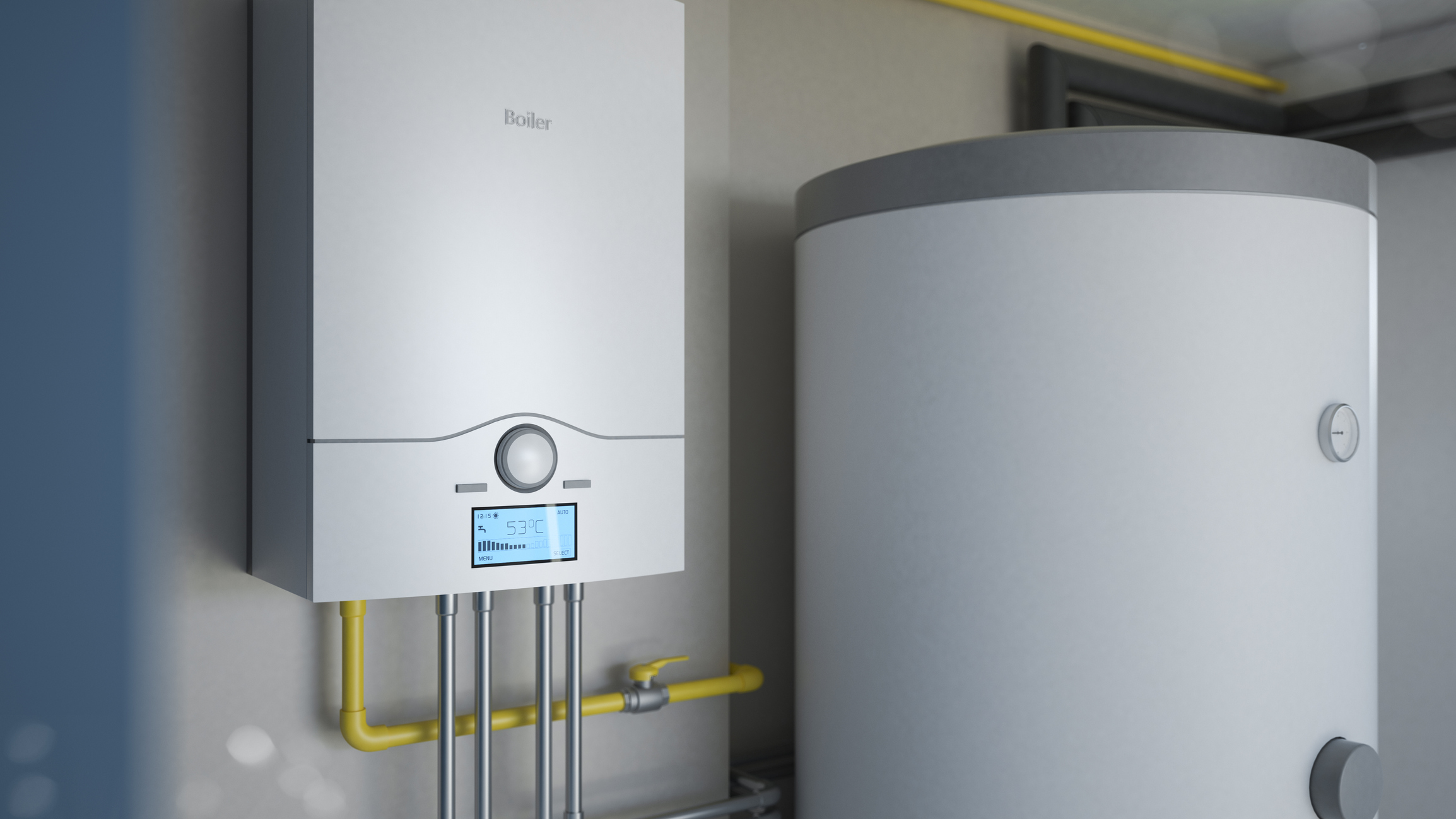Steps to Prolong the Life of Your Home's Hot Water System By Maintenance
Steps to Prolong the Life of Your Home's Hot Water System By Maintenance
Blog Article
Do you find yourself looking for help on How to Maintain a Hot Water Heater in a Few Simple Steps?

Warm water is crucial for day-to-day convenience, whether it's for a revitalizing shower or cleaning dishes. To ensure your warm water system runs efficiently and lasts longer, routine maintenance is crucial. This article supplies practical tips and understandings on how to preserve your home's warm water system to stay clear of interruptions and pricey repair work.
Intro
Maintaining your home's hot water system could seem complicated, but with a few straightforward steps, you can ensure it runs smoothly for many years ahead. This guide covers whatever from comprehending your warm water system to DIY maintenance ideas and knowing when to call in professional assistance.
Relevance of Maintaining Your Hot Water System
Normal upkeep not only prolongs the life expectancy of your hot water system yet additionally ensures it operates effectively. Disregarding maintenance can bring about decreased effectiveness, greater power costs, and even premature failure of the system.
Indications Your Warm Water System Demands Maintenance
Knowing when your hot water system needs interest can protect against significant issues. Look out for indications such as irregular water temperature level, weird sounds from the heater, or rusty water.
Understanding Your Hot Water System
Before diving into upkeep jobs, it's practical to recognize the standard parts of your warm water system. Typically, this includes the water heater itself, pipes, anode poles, and temperature level controls.
Monthly Maintenance Tasks
Regular monthly checks can help catch small problems prior to they intensify.
Purging the Hot Water Heater
Purging your water heater eliminates sediment accumulation, enhancing effectiveness and extending its life.
Checking and Replacing Anode Rods
Anode rods prevent corrosion inside the container. Evaluating and changing them when broken is critical.
Inspecting and Changing Temperature Setups
Readjusting the temperature setups makes certain optimal efficiency and safety and security.
DIY Tips for Upkeep
You can do a number of maintenance jobs on your own to maintain your hot water system in top problem.
Checking for Leaks
On a regular basis evaluate pipes and links for leaks, as these can cause water damages and higher costs.
Evaluating Stress Relief Valves
Testing the stress relief valve guarantees it functions appropriately and protects against excessive stress build-up.
Insulating Pipelines
Shielding hot water pipelines lowers heat loss and can save energy.
When to Call an Expert
While do it yourself upkeep is beneficial, some concerns require professional knowledge.
Complex Issues Needing Expert Assistance
Instances consist of significant leakages, electric troubles, or if your hot water heater is consistently underperforming.
Routine Professional Maintenance Benefits
Professional maintenance can include comprehensive evaluations, tune-ups, and making sure compliance with security requirements.
Final thought
Routine maintenance of your home's hot water system is important for efficiency, long life, and price financial savings. By complying with these ideas and knowing when to seek professional help, you can make certain a trusted supply of warm water without unanticipated interruptions.
How to Maintain an Instant Hot Water Heater
Before tinkering with your hot water heater, make sure that it’s not powered on. You also have to turn off the main circuit breaker and shut off the main gas line to prevent accidents. Also turn off the water valves connected to your unit to prevent water from flowing into and out of the appliance. 2. When you’re done, you have to detach the purge valves’ caps. These look like the letter “T†and are situated on either side of the water valves. Doing so will release any pressure that has accumulated inside the valves while at the same time avoid hot water from shooting out and burning your skin. 3. When the purge valves’ caps are removed, you have to connect your hosing lines to the valves. Your unit should have come with three hoses but if it didn’t, you can purchase these things from any hardware or home repair shops. You can also get them from retail stores that sell water heating systems. Read the user’s manual and follow it to complete this task properly. When the hosing lines are connected, open the purge port’s valves. 4. You should never use harsh chemical cleaners or solutions when cleaning your unit. Make use of white vinegar instead. It should be undiluted and you’ll probably use about 2 gallons. 5. Now flush your water heater. This task should probably take about 40 minutes. We can’t give you specific directions for this because the procedure is carried out depending on the type, model and brand of your heater. With that being said, refer to the user’s manual. 6. When you’re done draining the unit, you have to turn off the purge port valves again. Remove the hosing lines that you earlier installed on each of the water valves. Put the valve caps (purge port) back in their respective places and be very careful so as not to damage the rubber discs that are found inside these caps. 7. Now that everything’s back in place, check your user’s manual again to find out how to reactivate your water heating system. 8. Once it is working, turn one of your hot water faucets on just to let air pass through the heater’s water supply pipes. Leave the tap on until water flows smoothly out of it. https://www.orrplumbing.com/blog/2014/september/how-to-maintain-an-instant-hot-water-heater/

I was brought to that article about Tips on Maintaining a Water Heater from a buddy on a different domain. Liked our blog? Please share it. Help someone else find it. Bless you for being here. Don't hesitate to visit our site back soon.
Learn More Report this page